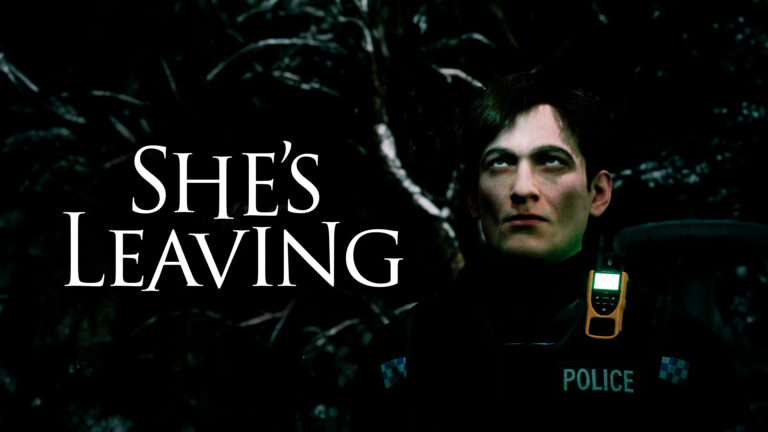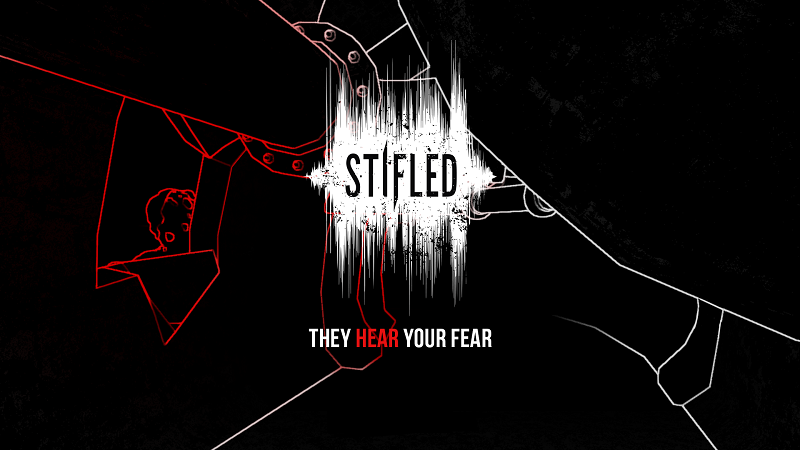
The idea of playing a survival horror game in which your character has no sight is not a new one. Ex-Bioshock developers The Deep End Games announced Perception last year, and in it, you play as a young, blind girl that must use echolocation to define the world around her. Then there’s Dark Echo, a 2D horror game in which you clap to reveal structures around you and sneak around quietly to avoid monsters. While I enjoyed my time with both, neither truly made me feel vulnerable and afraid of the unseen. Dark Echo came the closest to doing so and remains highly recommended, but it wasn’t as effective as I’d like. In comes Stifled, an original game that treads the same water as Dark Echo, but in first person and 3D with a narrative to boot.
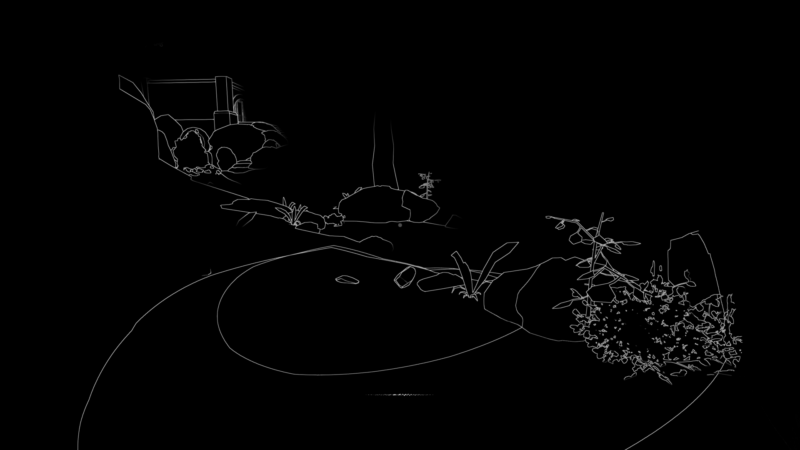
Stifled looks visually similar to Dark Echo in that sound produces waves that outline the environment in white; enemy sound waves do the same in their immediate area but in red. Justin, the Gattai Games developer who I met at E3 for my demo, noted the similarity between the games. Apparently, during development, his friends jokingly told him someone stole his idea when they came across Dark Echo. But Stifled sets itself apart from the level-based puzzling of Dark Echo by introducing an overarching narrative in between the blind stealth areas. See, the character himself is not blind; he’s just unfortunate enough to be without illumination a lot of the time in his journey doing … something. Story details were not shared.
Between examining items and uncovering the narrative in traditionally lit environments, players have to find their way through the dark to reach their next objectives. Instead of simply assigning a button to create sound waves, Stifled makes use of microphones so that the player can use their own voice to create sound waves. It’s a novel idea at first, but 5 minutes in I struggled to decide what exactly to say, or what noise to make. Like a dummy I said the word clap repeatedly and threw in a few hellos to mix things up. Thankfully, the game does not require that you use your microphone, as the space bar acts as noise emitter.
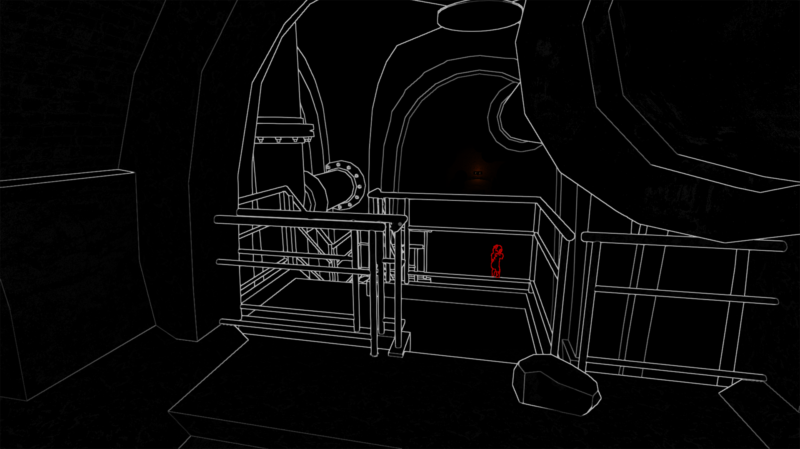
Producing noise fills out the immediate area with outlined details, which in my demo consisted of a small section of woods and a sewer. Unlike with Perception (based on my pre-release experience), Stifled includes many environmental sound sources, like a babbling brook or water droplets. Details like this make use of the game’s main mechanic, additionally guiding the player with lively and logical details. Unshrouded areas in the demo consisted of a dimly lit study and the scene of a car crash.
When faced with an enemy, simple stealth mechanics came into play. Crouching reduces sound, and seeing as the game is all about sound, doing so is the correct course of action to slip by undetected. But without prompt from Justin, I attempted to see if I could lure the monster away by throwing an object. As I hoped, the object hit the ground and emitted its own sound wave, drawing the monster away from my intended path – simple and effective. The demo was short, so I’m curious to see how Gattai Games will bring some diversity to the levels.
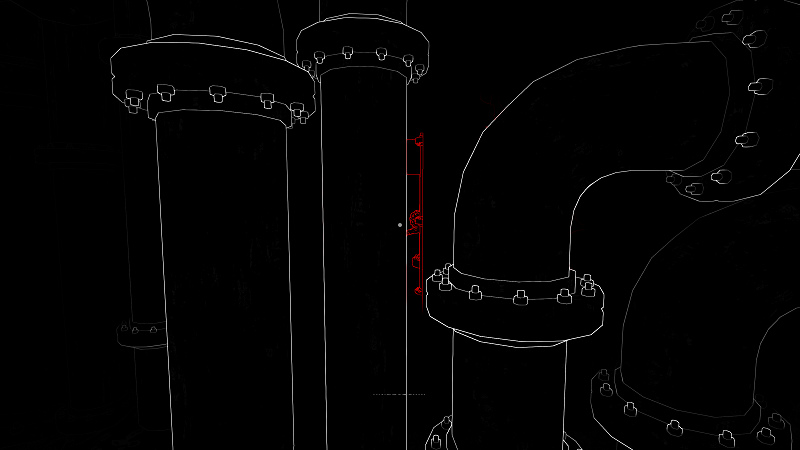
Stifled has the potential to be a great horror game, one that I hope can deliver a satisfying story in addition to tense gameplay. It’s got a right mix of the things I’d like to see in a game of its nature, so I’m inclined to believe we’ll hear nothing but good things when it releases.

 cjmelendez_
cjmelendez_